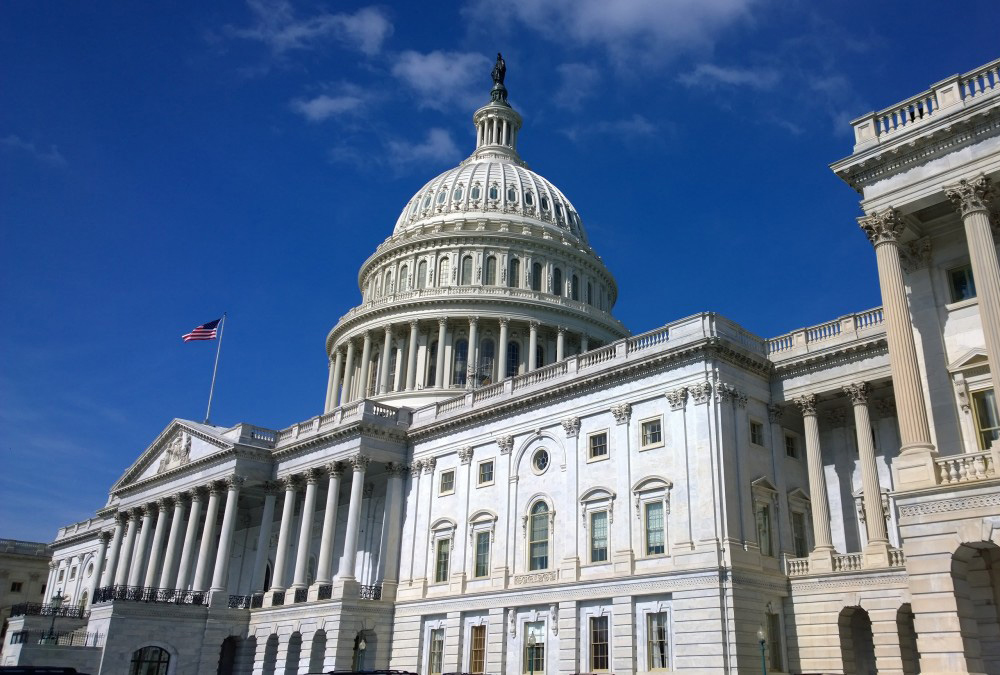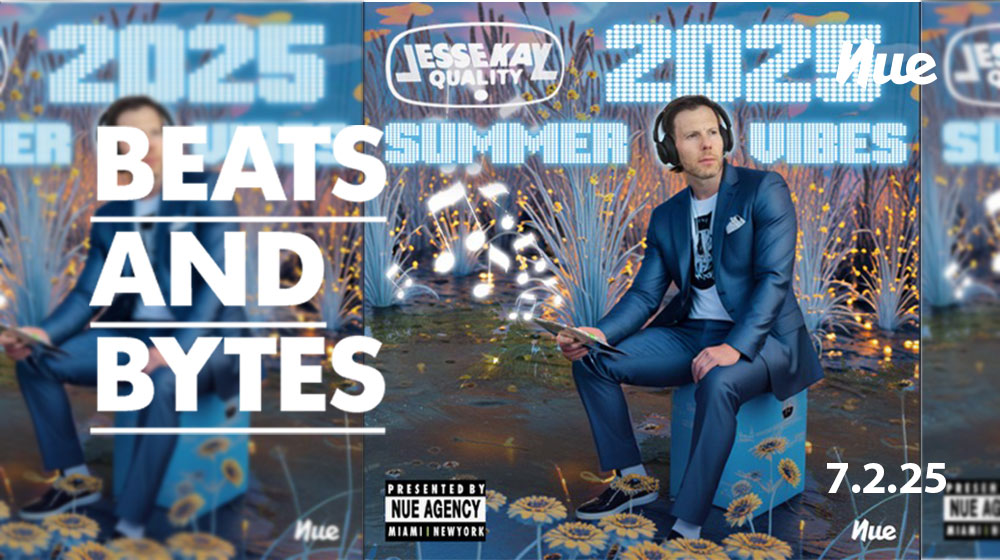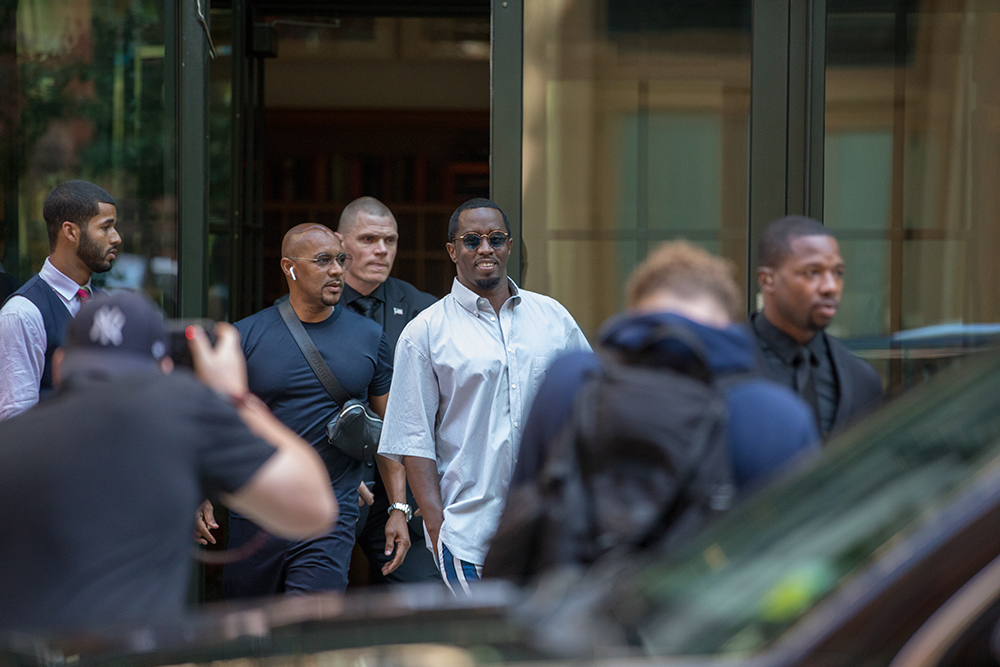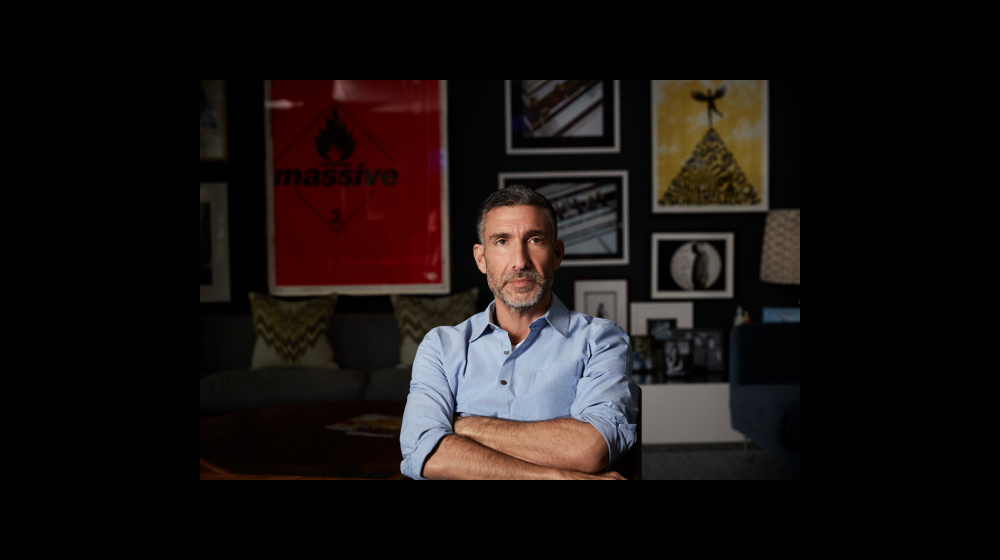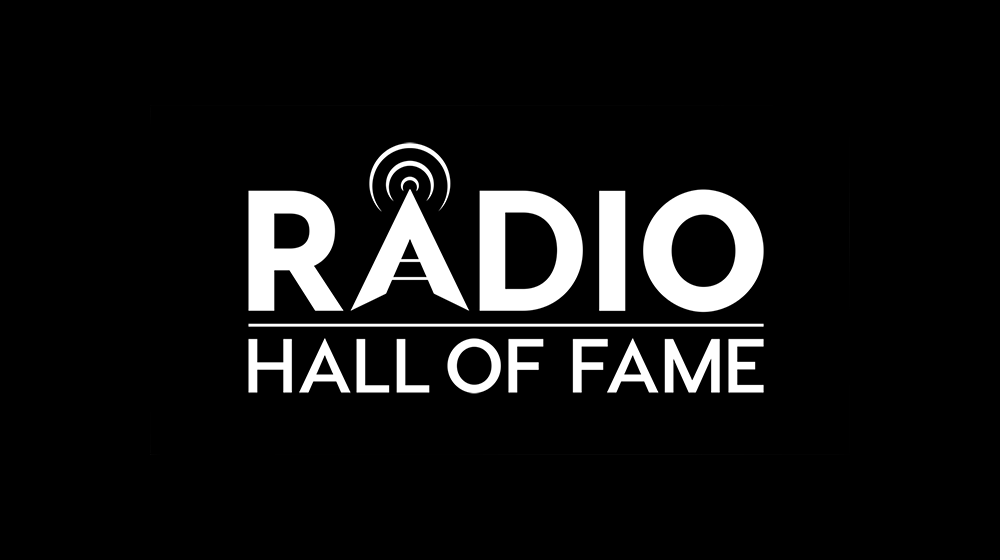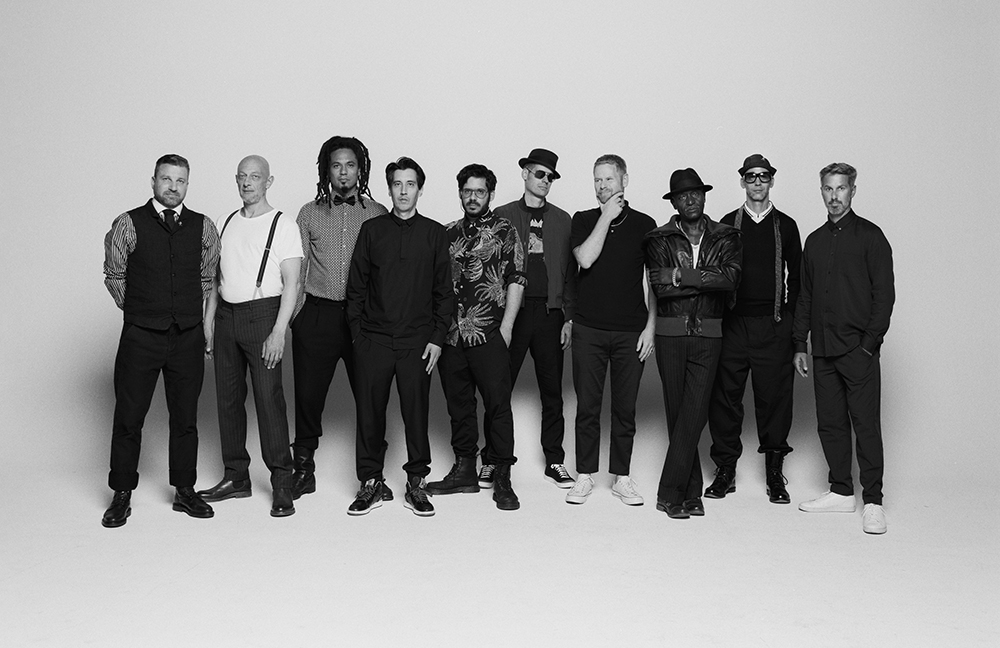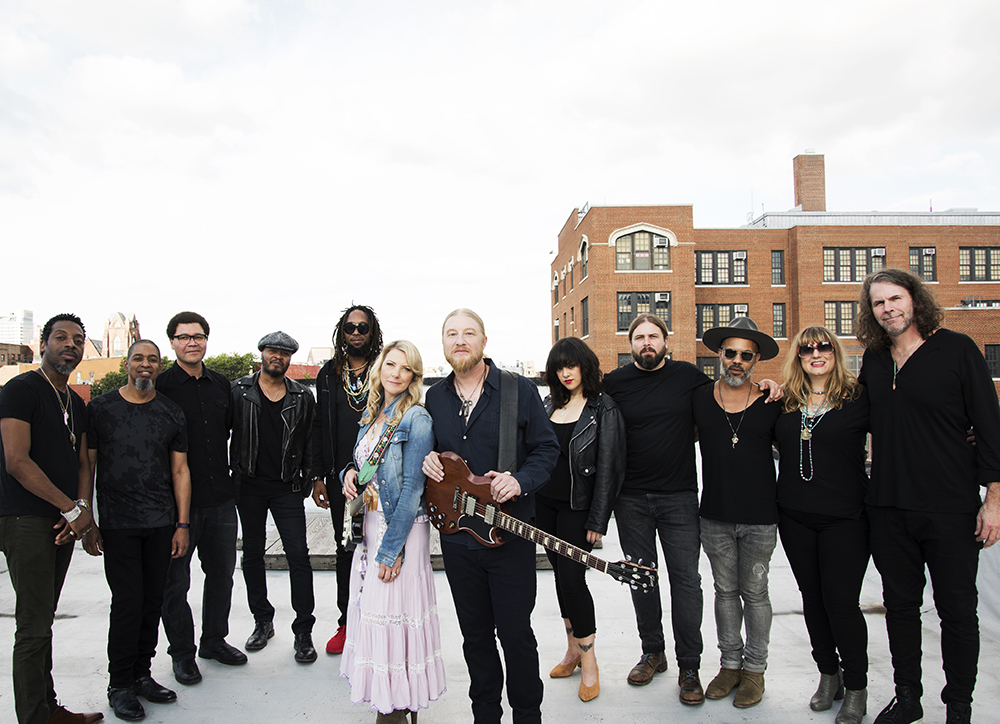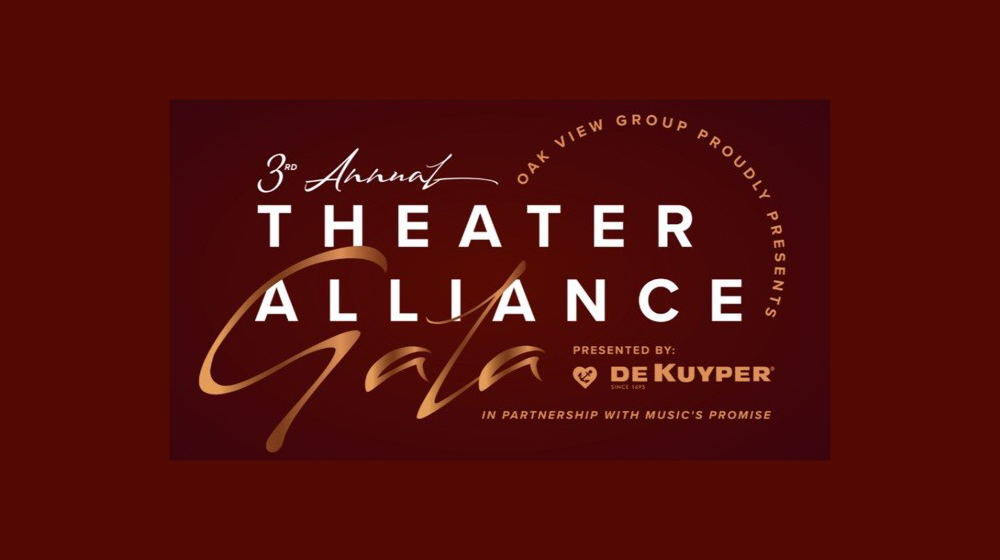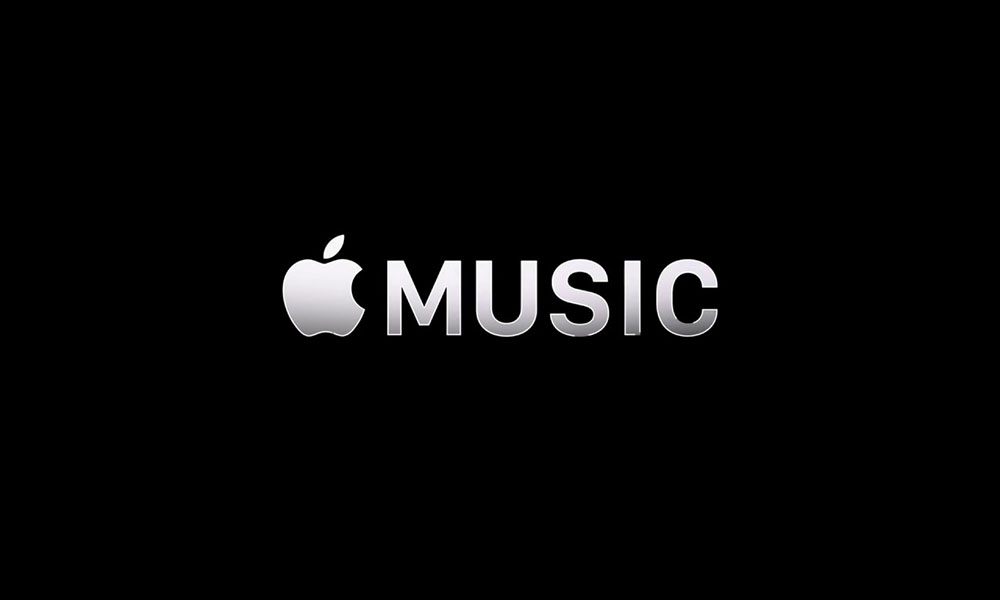
NEW YORK (Hypebot) – Part 1 and 2 of a 2 part post by our resident music industry philosopher Kylie Balin
The African proverb, “It takes a village to raise a child,” was used on Hypebot by Bruce as a reality check for Music 2.0. Black Stone Cherry adds onto those famous words of wisdom in their song 'You' by saying, “It takes an army to march a mile.” We've been talking on the blog quite a bit about followings and I'm sure like myself, many readers were left with the daunting question, “How do I lead a Tribe?”
To help us better understand this question, I reached out to John King, co-author of Tribal Leadership: Leveraging Natural Groups to Build a Thriving Organization .
In Tribal Leadership, you identify five tribal stages (Despairing Hostility; Apathetic Victim; Lone Warrior; Tribal Pride; and Innocent Wonderment) that exist in thriving organizations. Companies can avoid hiring people from the lower stages, but clearly, artists cannot pick their fans.
Q: How do you think the stages you identified reflect tribalism in a fan base?
King: Stage 2 shows up as a mood of ‘not being understood’ the classic teen lament of martyrdom and the dreaded inevitability of betrayal. Stage 3 is a heroic posture, a ‘me against the world’ attitude of overcoming and ‘making it’. Stage 4 is a more collaborative, ‘we can do anything together’ point of view. There’s a lot to say about each stage, but that starts the conversation off.
The book concludes that Tribes exist in all organizations at different stages, but the difference is in the culture of the community. Here on Hypebot we have questioned the difference between the followings of pop artists like Rihanna and jam band followings like Dave Matthews. Dave obviously has a strong following, but it’s unclear what stage of tribe Rihanna has.
Q: What factors do you think come into play when trying to evaluate in what stage your music tribe is primarily thriving in?
King: It will be a matter of observation of two main elements that will reflect that. First, we listen to how they talk amongst themselves, and how they identify and express their relationship to other groups that follow similar bands in the niche. The delta to that is probably fairly close to the truth. Other than that, we always look at how they congregate, how they ‘clump up’ in their relationships. Do they tend to be ‘loners’, are they grouped in little gangs with a recognizable strong personality, do they collaborate, or does it always turn into some form of a competition? It is not unlike geeks when they flame each other. None of this behavior is particularly predictable, it has to be observed. My guess is that the great mass fall in Stages 2, 3, and 4, with the greatest preponderance at three, looking like a normal Gaussian bell curve distribution.
Artists at on their very best days seem to lead a stage four tribe, this band is great and this band is not, but the ideal place to peak is stage five. During big events like an album release, the bonds formed between a stage four and a stage five could be the difference between fans telling their friends about the release and calling radio stations to demand the playing of the single.
Q: What leverage points and actions could an artist utilize to encourage stage five behavior from their fan base?
King: This is an awesome question and the heart of the matter if the band is truly interested in creating a breakout experience for themselves, and, by extension, their fans. One thing they must always be dong is preserving the faithful, while constantly accumulating new fans from other cultural point of view. A Stage 5 experience is the holy grail of breaking a new act, or, releasing new product. The old saying that they need a ‘crossover hit’ is exactly right. They need to go away and come back as morphed into something that preserves the old fan base, while attracting new followers. This usually means a complete revivification and maturation of all of their musical and artistic ideas to drive them to boldly come back as something unexpected and unpredictable, and of higher quality.
Tribal Leadership Interview Part 2: Building A Tribe
Part 2 of Kyle Bylin's interview with John King. the author of Tribal Leadership: Leveraging Natural Groups to Build a Thriving Organization .
Bylin: Throughout the music industry when we look for true examples of tribes, we often come up with examples like The Grateful Dead and The Kiss Army. Bruce Springsteen, The Boss, is a leader and his followers (also known as The Church of Bruce), operate as a true tribe.
What principles of Tribal Leadership do you think these types of artists may have unknowingly embraced that led them to be successful?
King: They all cast a very wide net. The themes and ideas that they were working with were universal, and yet could be mapped onto the individual fan. They were ‘identifiable’, and created hooks that imprinted the consciousness of the listener in a peculiar way that was both fresh, and somehow familiar in the same moment. The hook is what captures the tribe.
Bylin: Patrick Hanlon and I had a great interview about the importance of belief systems in a community or tribe. He asserts in Primal Branding that brands that we care about are belief systems, embedded with seven pieces of primal code (the creation story; the creed; the icons; the rituals; the pagans, or nonbelievers; the sacred words; and the leader) that work together to make them believable.
How do you believe well-structured belief system plays into attracting the following you sought out and how does it help to take your fan base to the next stage?
King: Ultimately, each person is a set of values want to be expressed. The band , the way they live, they way they perform is an heroic personification of the common values and aspirations of the fan. As they do it poetically and rhythmically – that is amazing. After all, all there is, is what you see and what you hear.
If an artist wants to rally the passion of a tribe, they need to make music for a movement. Black Sabbath, Nirvana, Rage Against The Machine, Bob Dylan, and will.i.am all made music for a movement. They told stories about who they were and the future they were trying to build.
Bylin: Why is it that when you find values that cut across a group of people that you can take an entire tribe to this zone full of appreciation and emotion?
King: Good one – your answer is in the question. Because the values that are driving the band are so apparent, and do cut across various cultures and stages of culture. This is the very definition of leadership, and music is a powerful way to capture a mind, a heart, a soul, in the interest of a movement. It’s not an accident that Barack Obama is referred to as a ‘Rock Star’ – the values, the energy, the rhythm of his campaign connected people to their values and their dreams and noble cause, and they rallied to the cause. It is exactly the same with a band, except the band has the power of music as a transport mechanism for the values being transferred to the fan.



















